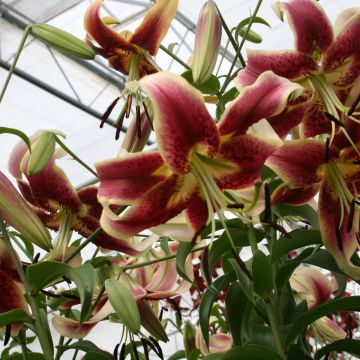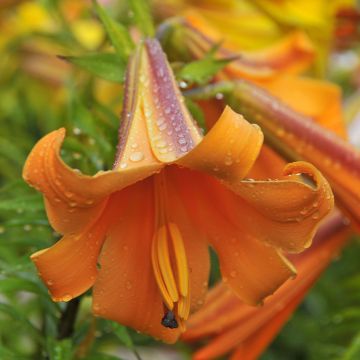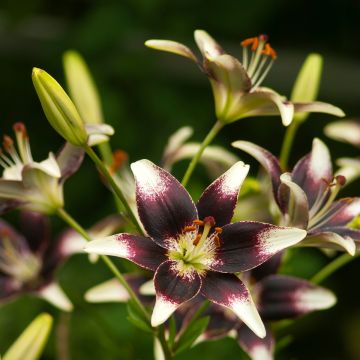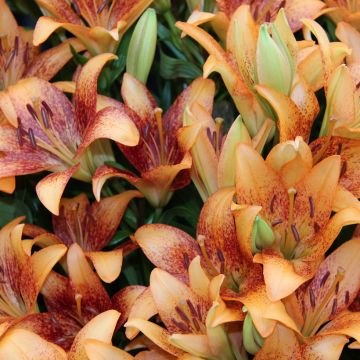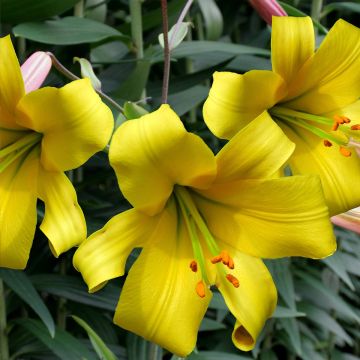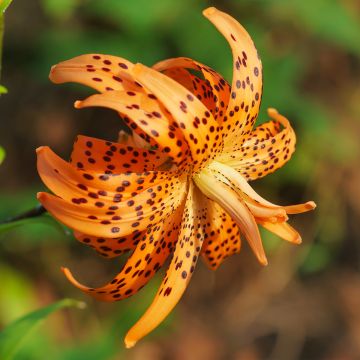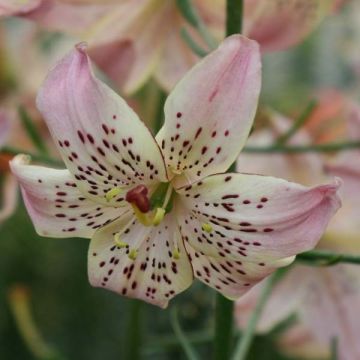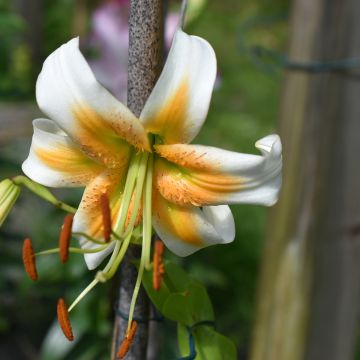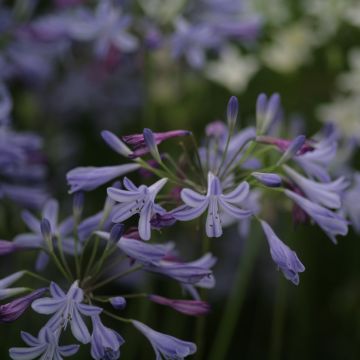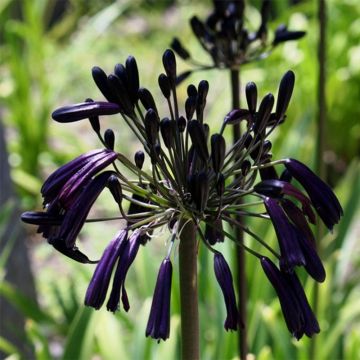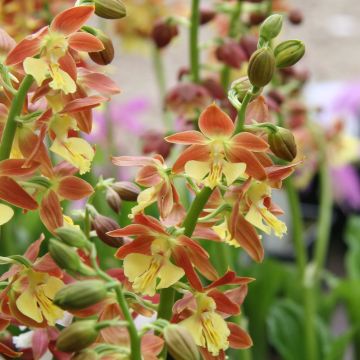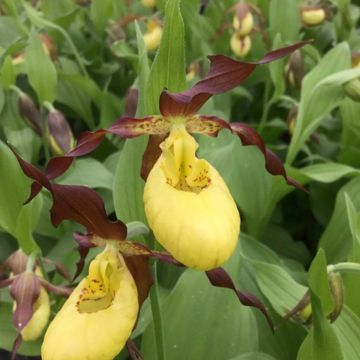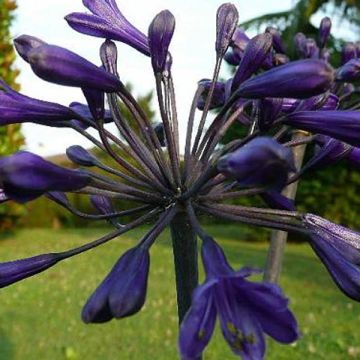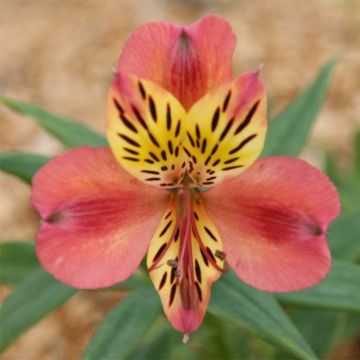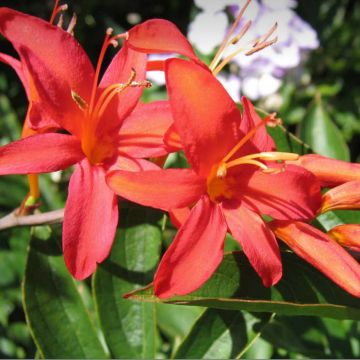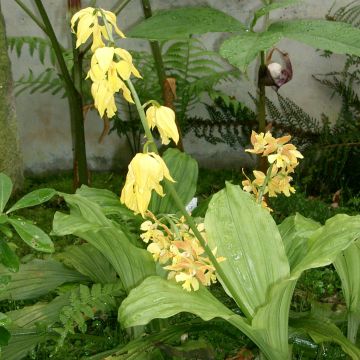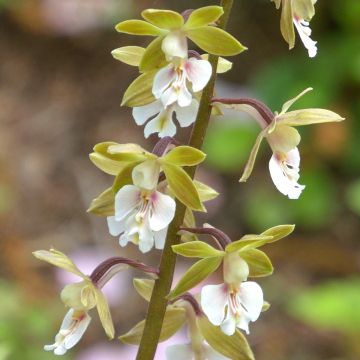Shipping country and language
Your country of residence may be:
Your country of residence is:
For a better user experience on our website, you can select:
Your shipping country:
Andorra
Austria
Belgium
Bulgaria
Canada
Chile
Croatia
Cyprus
Czechia
Denmark
Estonia
Finland
France
Germany
Greece
Hungary
Iceland
Ireland
Italy
Latvia
Lithuania
Luxembourg
Malta
Monaco
Netherlands
Poland
Portugal
Romania
Slovakia
Slovenia
Spain
Sweden
Switzerland
United Kingdom
We only deliver seed and bulb products to your country. If you add other products to your basket, they cannot be shipped.
Language:
French
German
Spanish
English
My Account
Hello
My wish lists
Plantfit
Log in / Register
Existing customer?
New customer?
Create an account to track your orders, access our customer service and, if you wish, make the most of our upcoming offers.
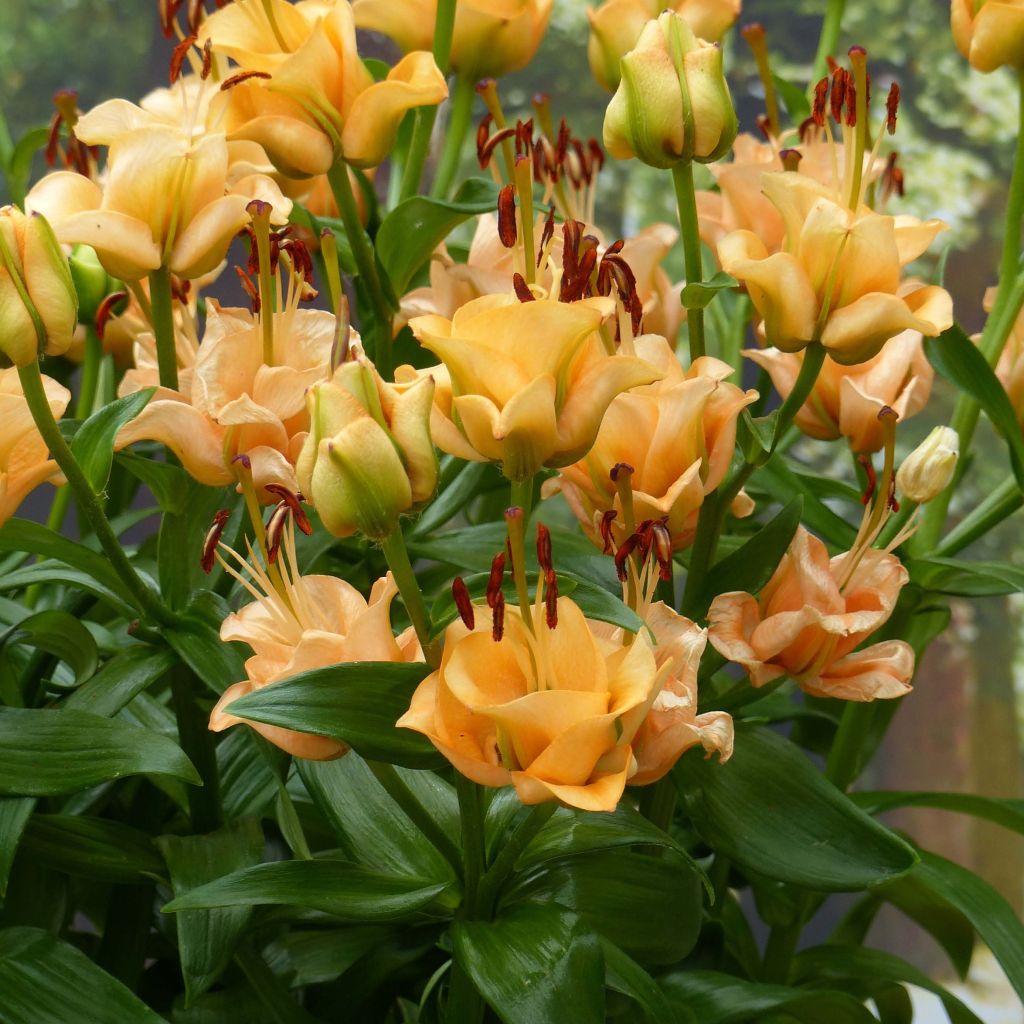

Lilium Apricot Fudge
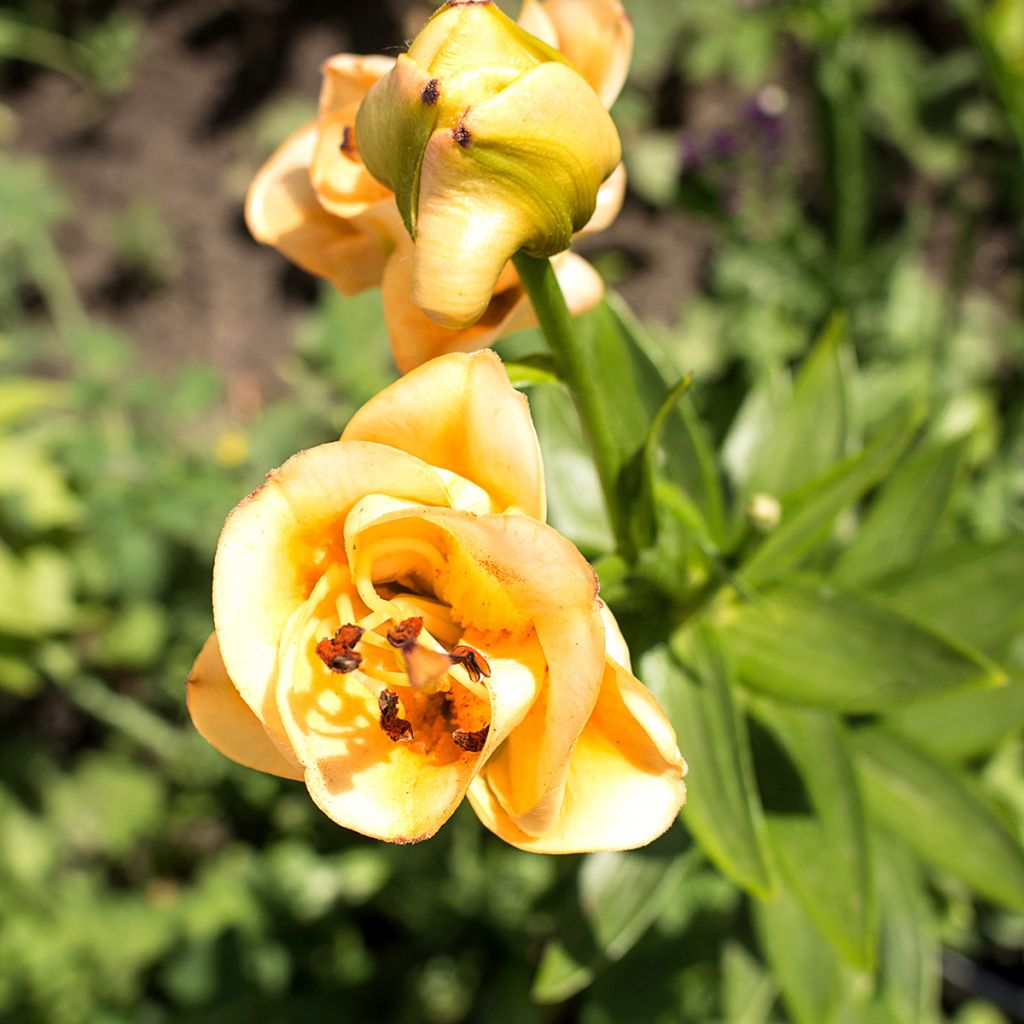

Lis double Apricot Fudge - Lilium asiaticum
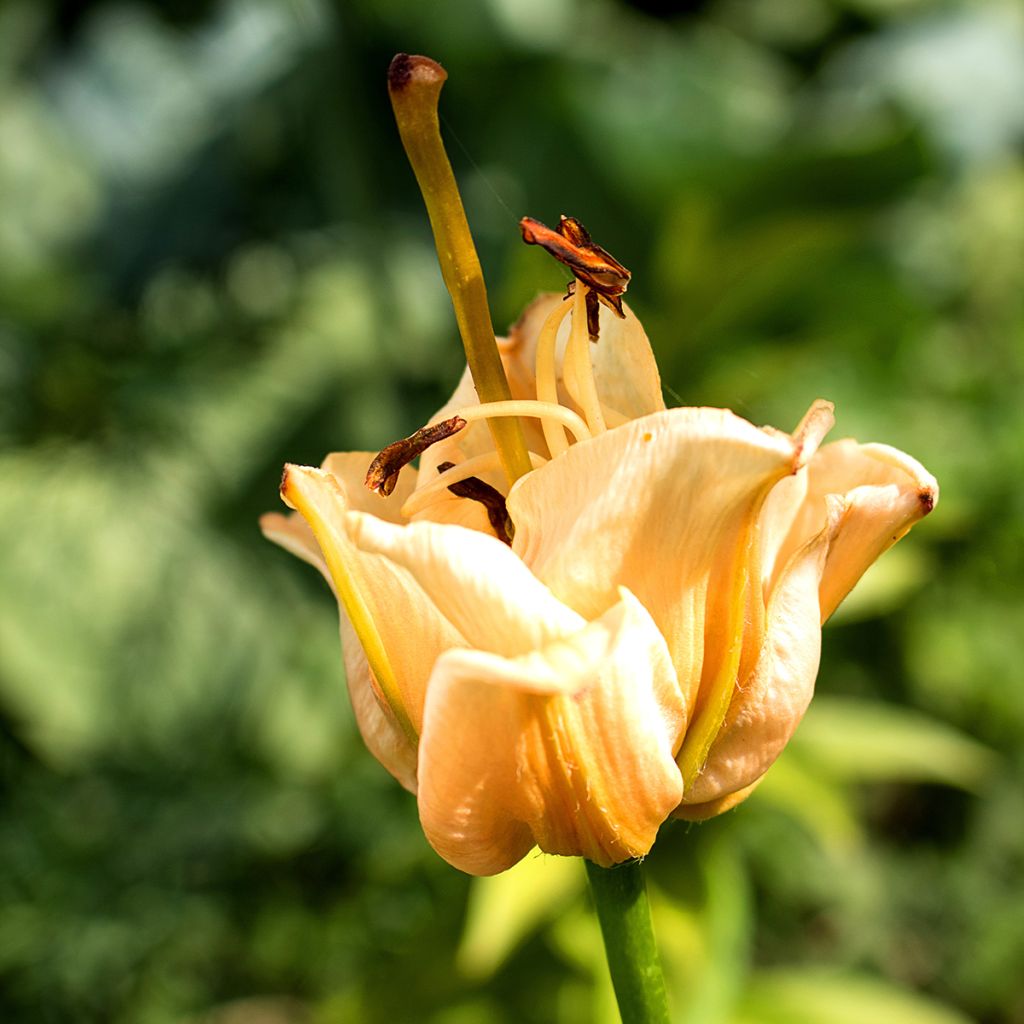

Lis double Apricot Fudge - Lilium asiaticum
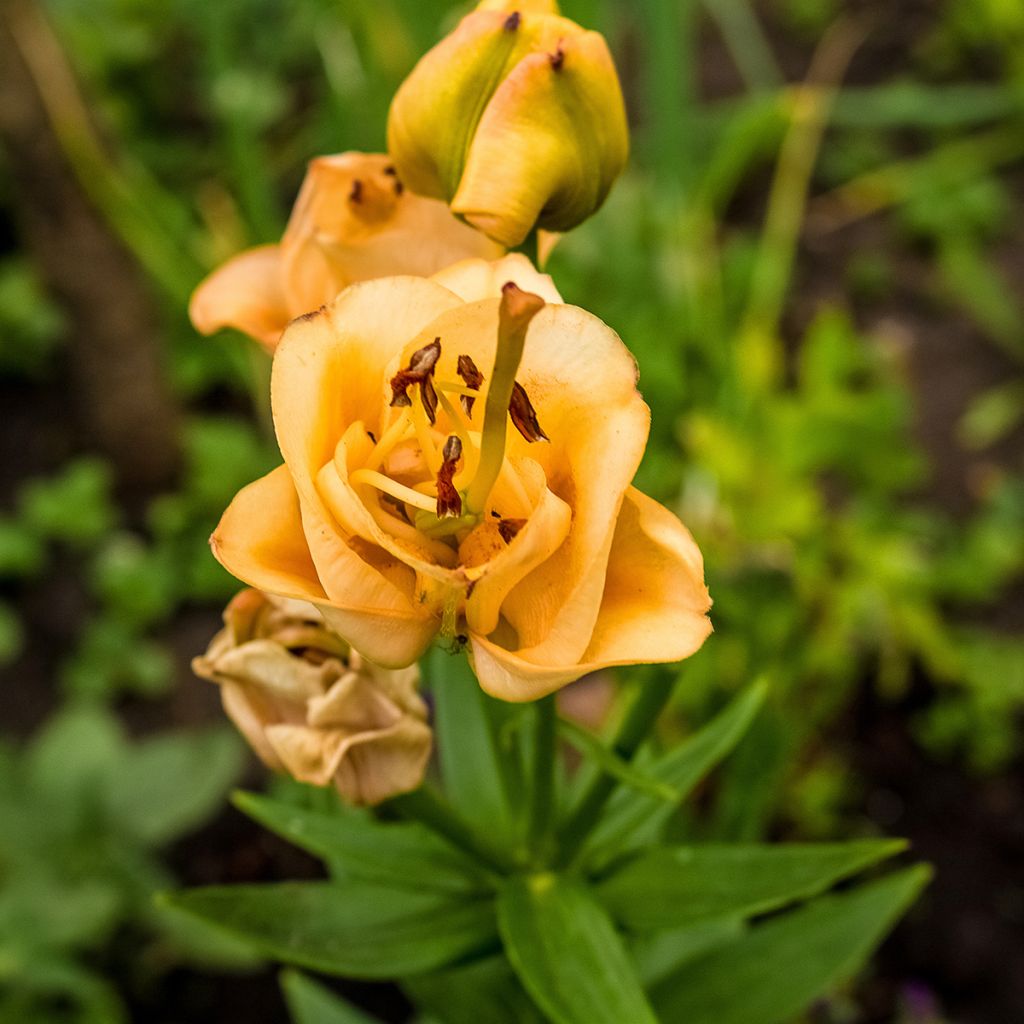

Lis double Apricot Fudge - Lilium asiaticum
Lilium Apricot Fudge
Lilium asiaticum x longiflorum Apricot Fudge
Asiatic Lily, Easter Lily
Original flowers indeed, but not really beautiful and few in number. Petals too short... I will put others in their place.
Philippe , 19/05/2022
Order in the next for dispatch today!
Dispatch by letter from €3.90.
Delivery charge from €5.90 Oversize package delivery charge from €6.90.
More information
This item is not available in your country.
Schedule delivery date,
and select date in basket
This plant carries a 6 months recovery warranty
More information
We guarantee the quality of our plants for a full growing cycle, and will replace at our expense any plant that fails to recover under normal climatic and planting conditions.
From €5.90 for pickup delivery and €6.90 for home delivery
Express home delivery from €8.90.
Does this plant fit my garden?
Set up your Plantfit profile →
Description
Oriental Lily 'Apricot Fudge' is a new variety which is exceptional for the shape of its flowers, which resemble roses, and for their beautiful apricot-salmon colour washed with green on the reverse. Its double flowers have short petals and are very nicely formed, topped with beautiful brown stamens that remind us it is a lily. Not content with being fascinating, it also has a very pleasant fragrance. It is perfect in flower beds or in a pot on the terrace or balcony, where it will thrive in the sun, in soil rich in leaf compost. The beautiful extravagance of its flowers is particularly appreciated in bouquets.
The genus Lillium belongs to the lily family, its representatives are bulbous plants that are deciduous in winter with a narrow and very upright habit from spring. 'Apricot Fudge' is a hybrid obtained by cross-breeding various species native to the Far East, including Lilium asiaticum and L. longiflorum. This plant will reach approximately 70-75 cm high when in bloom, and the clump will spread indefinitely over time, with the bulbs producing bulblets through vegetative multiplication. In June-July, earlier or later depending on the climate, large flowers appear on the upper part of the stems, with a diameter of 7.5 cm (3in). Their double row of petals opens slowly, revealing a throat adorned with long reddish-brown stamens and subtly scented. The flowering is abundant, in a range of soft orange, salmon-orange, and peach, with some green markings on the outside of the petals. The strong stems are covered with dark green, glossy, lanceolate leaves. The foliage of the lily disappears in winter when the bulb is resting.
This lily will thrive in humus-rich soil and does not like chalky, dry or poorly drained and heavy soils. You can grow it with perennial plants as it likes having slightly shaded roots. These perennials will help prevent the stems from leaning in the wind. 'Apricot Fudge' will be at its best alongside very blue perennial geraniums or old-fashioned roses ranging in colour from white to salmon, through all shades of orange. This modest-sized lily is ideal for borders, flower pots, and of course vases. Cut the lily stems when the three buds at the base of the stem are still closed but with a hint of colour.
Lilium Apricot Fudge in pictures
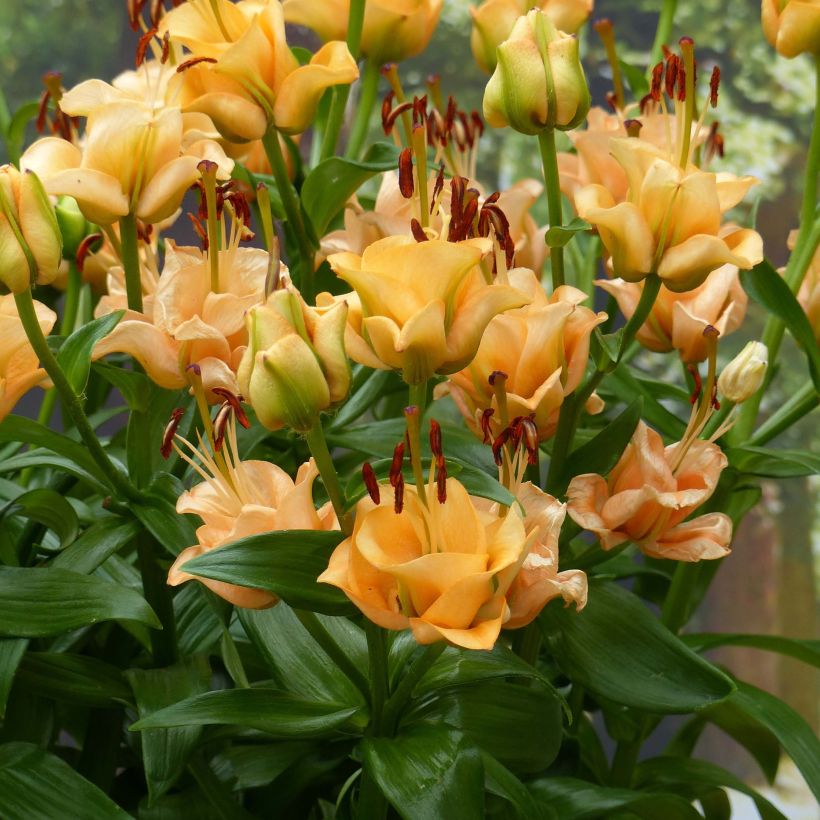

Plant habit
Flowering
Foliage
Botanical data
Lilium
asiaticum x longiflorum
Apricot Fudge
Liliaceae
Asiatic Lily, Easter Lily
Cultivar or hybrid
Other Hybrid Lilies
Planting and care
The 'Apricot Fudge' double lily does not like chalky, dry, or poorly drained and heavy soils. Plant it in full sun, with the base in the shade, preferably in spring, with the bulbs 15 cm (6in) deep in a pocket of soil mixed with leaf compost. Surround the bulbs with a layer of sand that will protect them from rot and slug attacks, while allowing them to grow more easily. Mark the planting location, as vegetation only starts in April. Stake the stems when they reach 30 cm (12in) high.
If red lily beetles appear, treat them immediately, as they are their larvae can devour all the leaves. The most effective method is to catch them manually but be careful as they drop as soon as they are touched. After flowering, it is a good idea to cut the faded flowers halfway to keep the bed beautiful during summer.
Tips for planting lilies in compact soil: Bulbous lilies are susceptible to clay soils that suffocate them and cause rot. In Eastern Europe, the following technique is used to help these bulbs survive the winter. Plant them on 'benches' built above ground level. These benches consist of a layer of gravel, on which tightly packed branches are placed. Then cover everything with a thick layer of 20 to 30 cm (8 to 12in) of compost. Plant the bulbs in the compost, on which you can also put some ground-covering plants.
On the terrace, you can create sumptuous pots with lilies. Choose a container that is large and deep enough (at least 16 cm (6in) in diameter for 1 bulb). Fill it with a mixture of leaf compost and sand. Plant the lilies in groups of 3 to 5 bulbs, 10-15 cm (4-6in) apart, then water abundantly. Place the pots in a cool room, or outside once the frost has passed. The ambient temperature should be around 12°C (53.6°F). When shoots appear, move the pot to a conservatory or a very bright room, at a temperature of around 18°C (64.4°F). Apply liquid fertiliser twice a month until the flower buds appear.
Planting period
Intended location
Care
- , onOrder confirmed
Reply from on Promesse de fleurs
Hardy summer bulbs
Haven't found what you were looking for?
Hardiness is the lowest winter temperature a plant can endure without suffering serious damage or even dying. However, hardiness is affected by location (a sheltered area, such as a patio), protection (winter cover) and soil type (hardiness is improved by well-drained soil).

Photo Sharing Terms & Conditions
In order to encourage gardeners to interact and share their experiences, Promesse de fleurs offers various media enabling content to be uploaded onto its Site - in particular via the ‘Photo sharing’ module.
The User agrees to refrain from:
- Posting any content that is illegal, prejudicial, insulting, racist, inciteful to hatred, revisionist, contrary to public decency, that infringes on privacy or on the privacy rights of third parties, in particular the publicity rights of persons and goods, intellectual property rights, or the right to privacy.
- Submitting content on behalf of a third party;
- Impersonate the identity of a third party and/or publish any personal information about a third party;
In general, the User undertakes to refrain from any unethical behaviour.
All Content (in particular text, comments, files, images, photos, videos, creative works, etc.), which may be subject to property or intellectual property rights, image or other private rights, shall remain the property of the User, subject to the limited rights granted by the terms of the licence granted by Promesse de fleurs as stated below. Users are at liberty to publish or not to publish such Content on the Site, notably via the ‘Photo Sharing’ facility, and accept that this Content shall be made public and freely accessible, notably on the Internet.
Users further acknowledge, undertake to have ,and guarantee that they hold all necessary rights and permissions to publish such material on the Site, in particular with regard to the legislation in force pertaining to any privacy, property, intellectual property, image, or contractual rights, or rights of any other nature. By publishing such Content on the Site, Users acknowledge accepting full liability as publishers of the Content within the meaning of the law, and grant Promesse de fleurs, free of charge, an inclusive, worldwide licence for the said Content for the entire duration of its publication, including all reproduction, representation, up/downloading, displaying, performing, transmission, and storage rights.
Users also grant permission for their name to be linked to the Content and accept that this link may not always be made available.
By engaging in posting material, Users consent to their Content becoming automatically accessible on the Internet, in particular on other sites and/or blogs and/or web pages of the Promesse de fleurs site, including in particular social pages and the Promesse de fleurs catalogue.
Users may secure the removal of entrusted content free of charge by issuing a simple request via our contact form.
The flowering period indicated on our website applies to countries and regions located in USDA zone 8 (France, the United Kingdom, Ireland, the Netherlands, etc.)
It will vary according to where you live:
- In zones 9 to 10 (Italy, Spain, Greece, etc.), flowering will occur about 2 to 4 weeks earlier.
- In zones 6 to 7 (Germany, Poland, Slovenia, and lower mountainous regions), flowering will be delayed by 2 to 3 weeks.
- In zone 5 (Central Europe, Scandinavia), blooming will be delayed by 3 to 5 weeks.
In temperate climates, pruning of spring-flowering shrubs (forsythia, spireas, etc.) should be done just after flowering.
Pruning of summer-flowering shrubs (Indian Lilac, Perovskia, etc.) can be done in winter or spring.
In cold regions as well as with frost-sensitive plants, avoid pruning too early when severe frosts may still occur.
The planting period indicated on our website applies to countries and regions located in USDA zone 8 (France, United Kingdom, Ireland, Netherlands).
It will vary according to where you live:
- In Mediterranean zones (Marseille, Madrid, Milan, etc.), autumn and winter are the best planting periods.
- In continental zones (Strasbourg, Munich, Vienna, etc.), delay planting by 2 to 3 weeks in spring and bring it forward by 2 to 4 weeks in autumn.
- In mountainous regions (the Alps, Pyrenees, Carpathians, etc.), it is best to plant in late spring (May-June) or late summer (August-September).
The harvesting period indicated on our website applies to countries and regions in USDA zone 8 (France, England, Ireland, the Netherlands).
In colder areas (Scandinavia, Poland, Austria...) fruit and vegetable harvests are likely to be delayed by 3-4 weeks.
In warmer areas (Italy, Spain, Greece, etc.), harvesting will probably take place earlier, depending on weather conditions.
The sowing periods indicated on our website apply to countries and regions within USDA Zone 8 (France, UK, Ireland, Netherlands).
In colder areas (Scandinavia, Poland, Austria...), delay any outdoor sowing by 3-4 weeks, or sow under glass.
In warmer climes (Italy, Spain, Greece, etc.), bring outdoor sowing forward by a few weeks.
